In 1995, all 10 member states of the Association of Southeast Asian Nations (ASEAN) signed and ratified the United Nations Convention on the Rights of the Child (CRC), thereby committing to implement 54 Articles, which include the full protection and respect of children's rights.
The 10 ASEAN member states, both working together and individually, have made significant progress in improving the lives of millions of children across the region, giving them the chance for a happier childhood and a more stable life.
This trend also reflects ASEAN’s ongoing collaboration with UN agencies, including the United Nations Children’s Fund (UNICEF), which is mandated to support countries in implementing the CRC. Achievements in improving and realizing children’s rights have contributed greatly to ASEAN member states’ efforts towards the Millennium Development Goals (MDGs), supporting and accelerating progress in many areas.
[caption id="attachment_597973" align="alignnone" width="640"]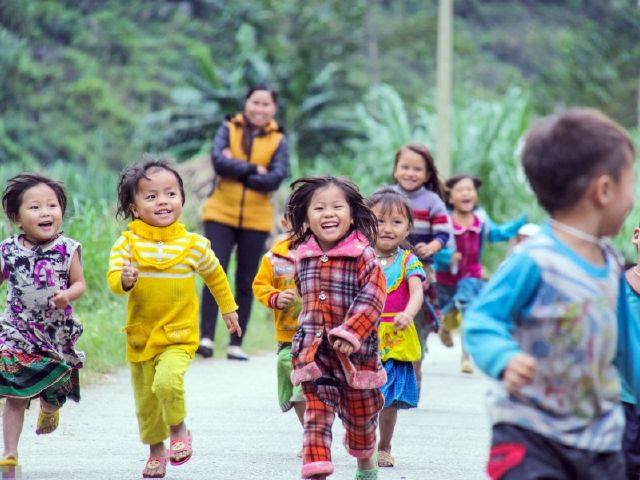 ASEAN countries have made significant progress in improving the lives of millions of children across the region. (Photo: Binh Phuoc Newspaper)[/caption]
ASEAN countries have made significant progress in improving the lives of millions of children across the region. (Photo: Binh Phuoc Newspaper)[/caption]Combining the CEDAW Convention and the CRPD Convention in implementing Children's Rights
The Convention on the Elimination of All Forms of Discrimination against Women (CEDAW) and the Convention on the Rights of Persons with Disabilities (CRPD) help ensure that all rights are recognized for children regardless of their socio-economic status, ethnicity, race, religion, sex, or the migration status of their parents/legal guardians. This principle of non-discrimination is integral to the CRC, CEDAW and CRPD, and is also central to the ASEAN Charter.
Over the past 30 years, ASEAN has achieved remarkable progress, thereby improving the living conditions of millions of children in the region, ensuring nutrition, education , and protection from violence. However, inequality still exists in many different regions.
Accordingly, ASEAN leaders have also recognized and expressed concern about this inequality. As a result, they have taken a number of important steps to reduce the disparity. For example, the ASEAN 2025 Master Plan on Promoting the Mainstreaming of the Rights of Children with Disabilities and reaffirming the provisions of the CRPD.
This Master Plan complements efforts by several ASEAN countries, including Cambodia, Myanmar, Thailand and Vietnam, to improve data collection related to children with disabilities. Improved collection, collation and analysis of data disaggregated by disability, as well as other demographic indicators, is an essential tool for building greater awareness, understanding and accountability about the situation of all children in ASEAN.
Previously, ASEAN leaders also issued the 2016 Declaration on Promoting Education for Children and Youth and the 2013 Declaration on the Elimination of All Forms of Violence against Women and the Elimination of Violence against Children in ASEAN.
In addition, ASEAN has also strengthened the protection of the rights of migrant children. ASEAN has issued a number of additional documents, including the ASEAN Consensus on the Protection and Promotion of the Rights of Migrant Workers; the ASEAN Regional Plan of Action on the Elimination of Violence against Children, particularly the provision to review/strengthen policies and measures to protect stateless, migrant and asylum-seeking children who are victims of violence; the ASEAN Convention against Trafficking in Persons, Especially Women and Children; and the ASEAN Plan of Action against Trafficking in Persons, Especially Women and Children. All of these establish a framework for ASEAN Member States to respect, protect and fully implement the rights of children affected by migration.
[caption id="attachment_597975" align="alignnone" width="823"]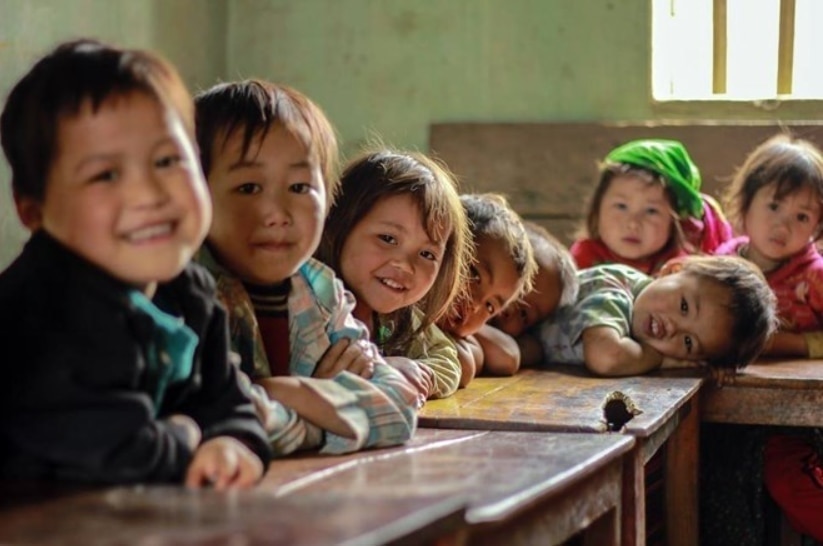 ASEAN always focuses on protecting the gender equality rights of children in the region. (Photo: Ethnic Committee)[/caption]
ASEAN always focuses on protecting the gender equality rights of children in the region. (Photo: Ethnic Committee)[/caption]Finally, ASEAN has also strengthened the protection of children’s rights to gender equality in the region. Specifically, ASEAN stipulates that all children living in ASEAN countries have the right to be protected from discrimination, including based on gender. Despite this, gender inequality remains a challenge in the region. These issues are particularly relevant, but not limited to, girls who are at risk of forced and early marriage, teenage pregnancy, and prenatal sex selection.
In this regard, ASEAN Member States have made progress in eliminating gender-based violence against children through the Regional Action Plan on Elimination of Violence against Children (2017). These actions include amending national laws related to violence against children, strengthening coordination mechanisms, and raising public awareness on children’s rights and violence against children.
In more than 30 years of implementing the United Nations Convention on the Rights of the Child, although many problems and challenges still exist, it cannot be denied that ASEAN has achieved important progress, contributing to stabilizing life and improving the lives of children in the region.
Flower Dance








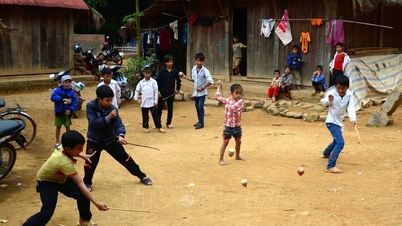





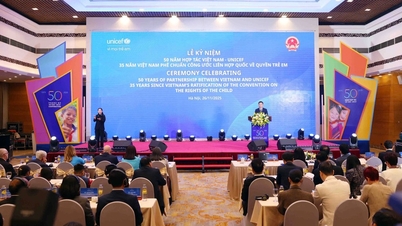
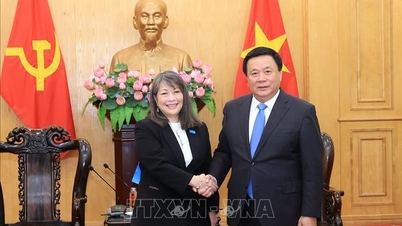
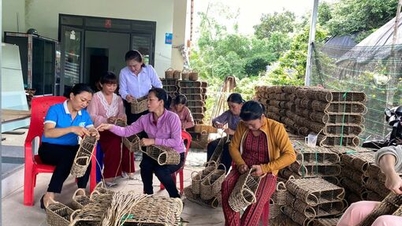

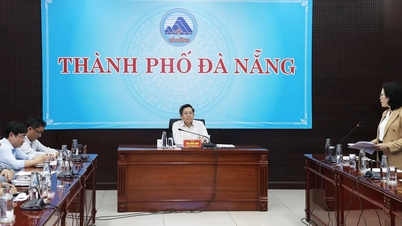

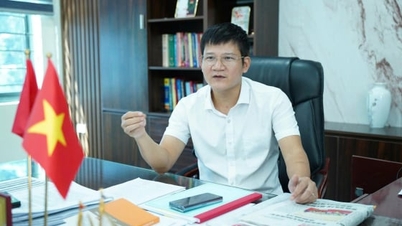

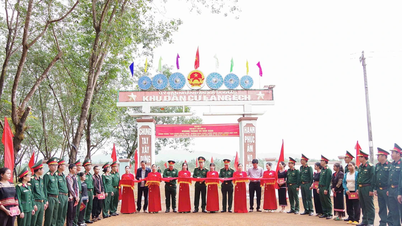

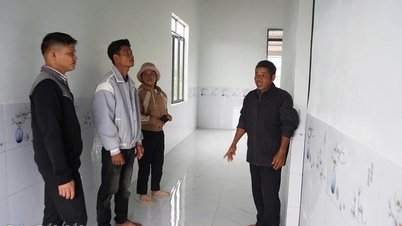

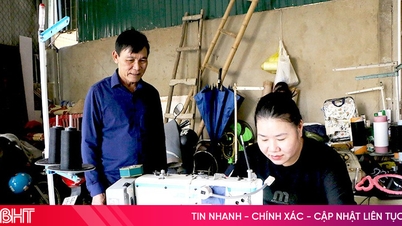







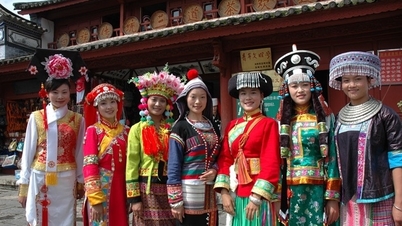

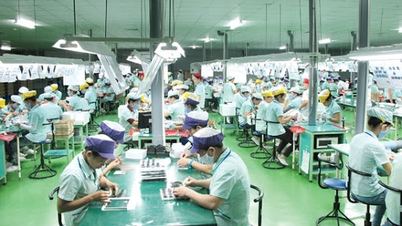
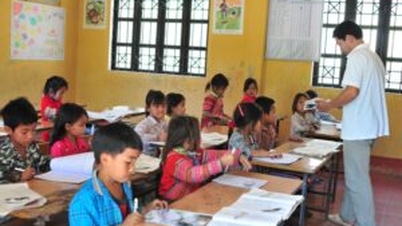


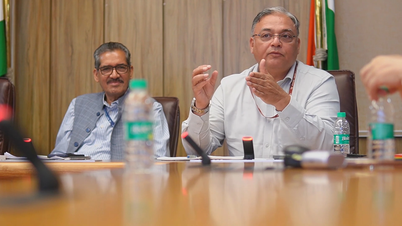
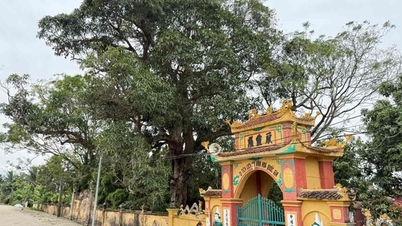



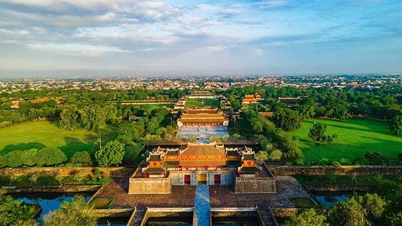

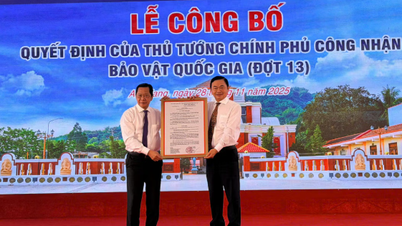

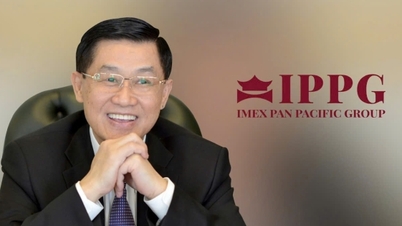







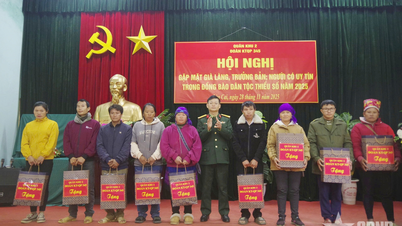

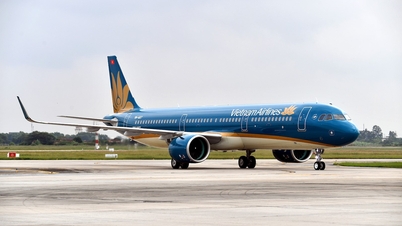


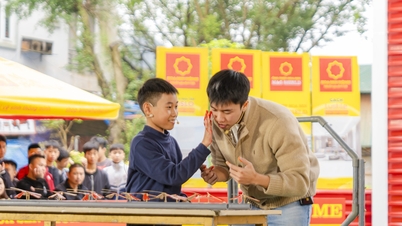


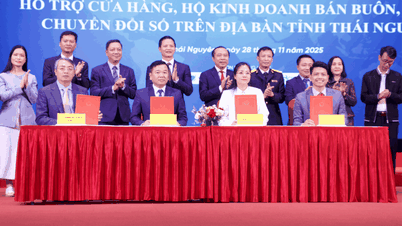
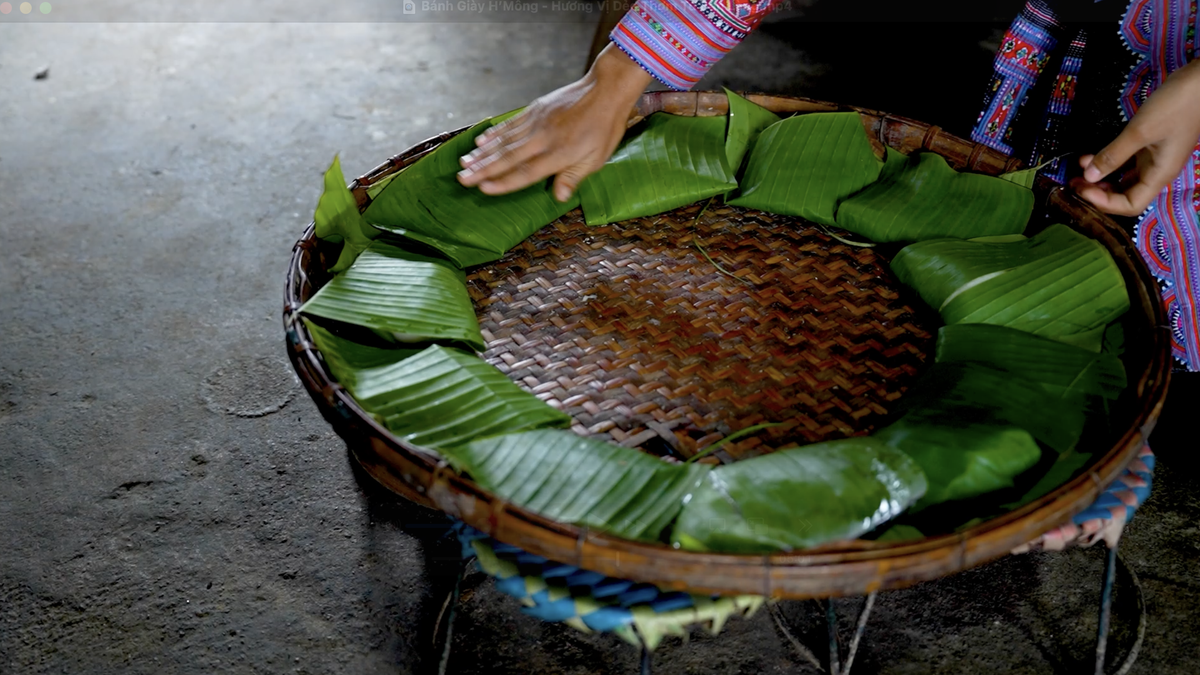

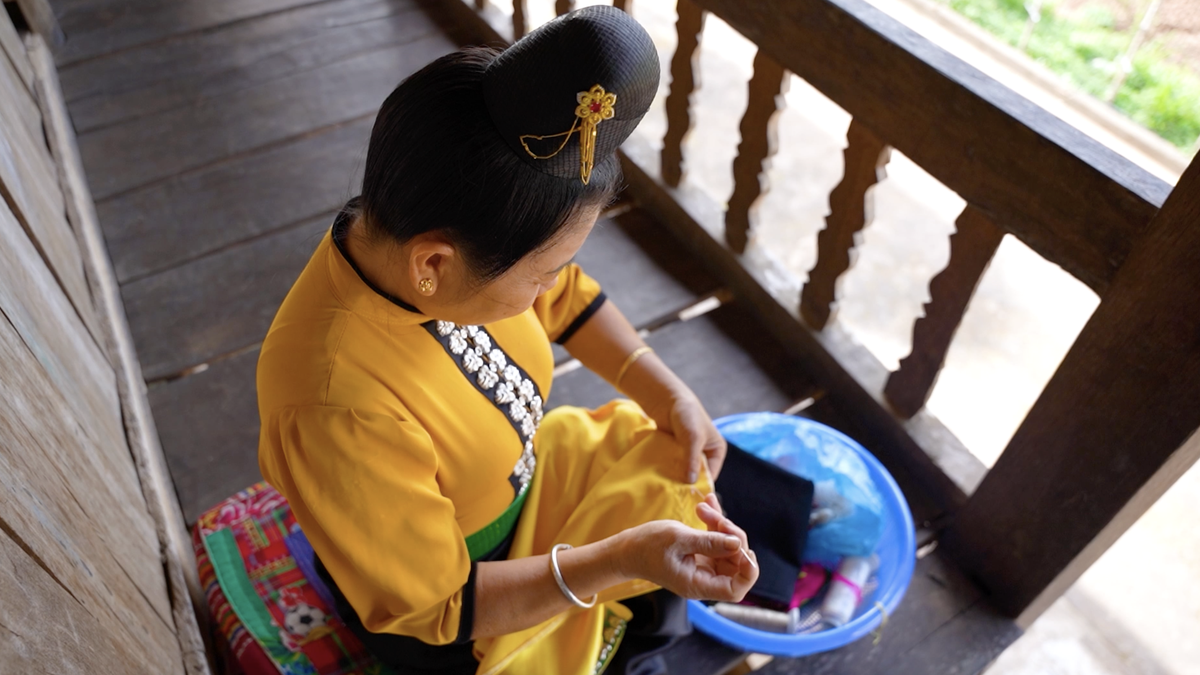


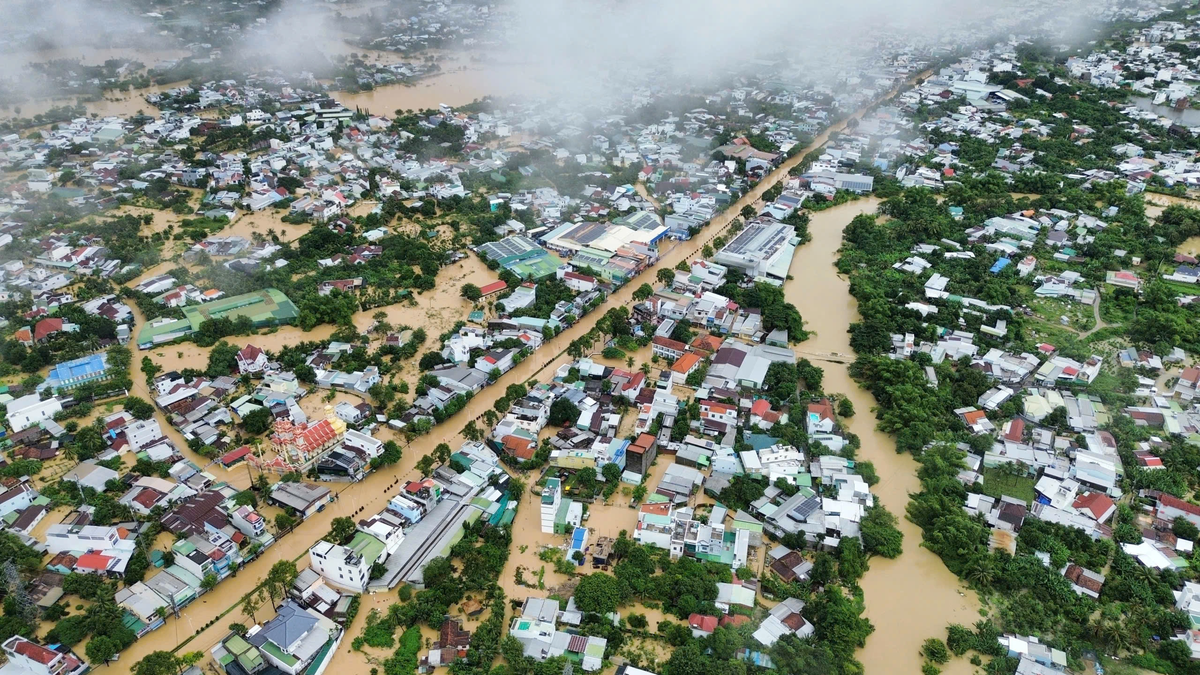


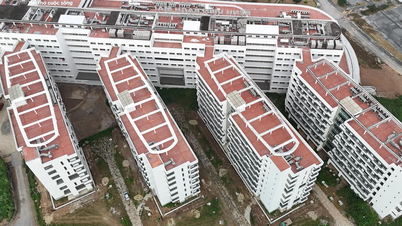



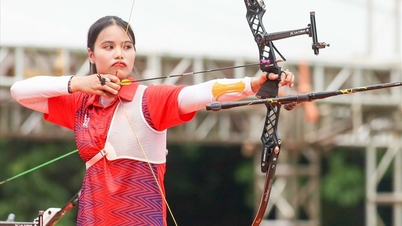
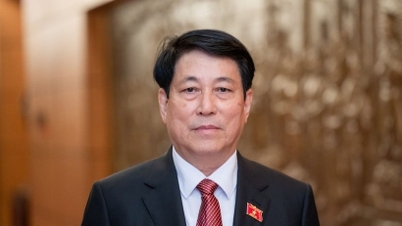



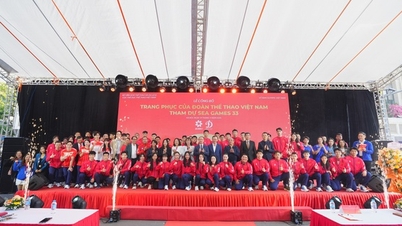
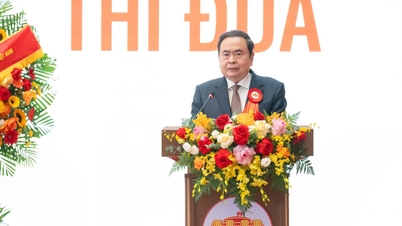



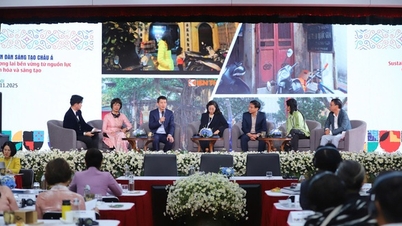
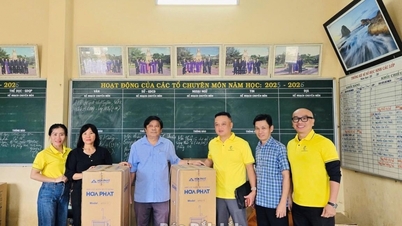
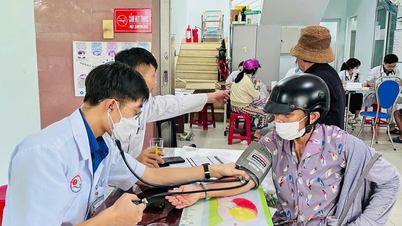


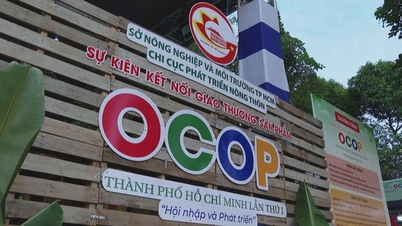
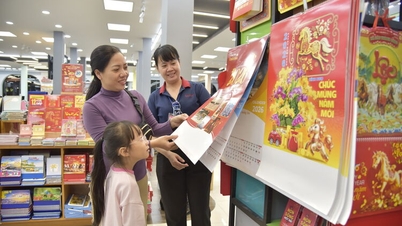















Comment (0)